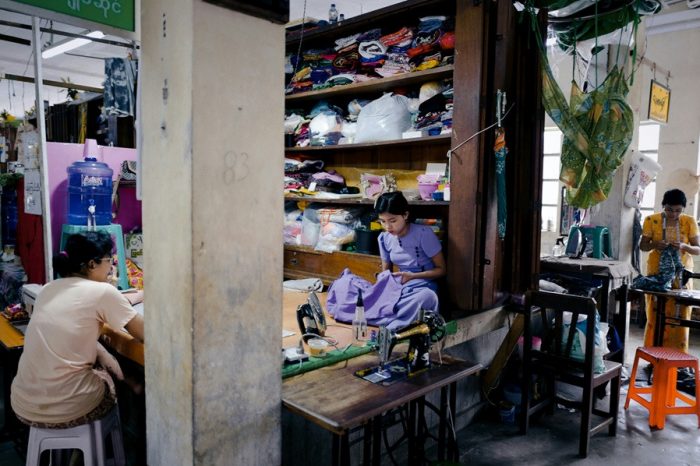What Is Fast Fashion and How Does It Impact the World

©️ Freepik
Fast fashion has become a ubiquitous term in today’s world, but what exactly does it mean? This article dives deep into the world of fast production of clothes, exploring its definition, its impact, and ethical alternatives.
What is Fast Fashion?
Fast fashion is a business model focused on the rapid production and consumption of clothing. It thrives on replicating the latest trends from high fashion runways and celebrity styles but at a significantly lower cost. These trendy garments are then mass-produced and delivered to stores swiftly to capitalize on fleeting trends. Think of brands like H&M, Zara, and Shein – all giants of the fast fashion industry.

The History of Fast Fashion
The rise of this controversial issue can be traced back to the 1990s, with brands like Zara revolutionizing the speed at which clothing went from design to store shelves. Globalization and advancements in technology further fueled the fast fashion model, making it easier to source cheap labor and materials.
Is Fast Fashion Bad?
While fast fashion provides affordability and keeps up with trends, the negative impacts cannot be ignored. The environmental and social costs are simply too high.
The Impact of Fast Fashion
The fast fashion model, while offering trendy clothes at low prices, comes with a hefty price tag for the environment and society.

1. Environmental Impact
Fast fashion’s reliance on synthetic fabrics and cheap manufacturing processes has a devastating impact on the environment. The “disposable clothing” mentality associated with fast fashion leads to mountains of textile waste ending up in landfills. Production affects these major issues:
- Water Consumption: Cotton production, a major fabric in fast fashion, is a major consumer of water. The dyeing process also uses significant amounts of water, often with toxic chemicals.
- Pollution: The textile industry is a major polluter of waterways, releasing harmful chemicals used in dyeing and finishing processes.
- Microplastics: Synthetic fabrics used in fast fashion shed microplastics when washed, polluting our oceans and harming marine life.
2. Social Impact
The human cost of fast fashion is equally concerning. Workers, often in developing countries, are subjected to:

- Unsafe Working Conditions: This production often takes place in factories with poor safety standards, putting workers at risk of injury or even death.
- Low Wages: Garment workers in developing countries are often subjected to low wages that barely meet their basic needs.
- Child Labor: Despite international efforts, child labor remains an issue in some parts of the fast fashion industry.
Fast vs Sustainable Fashion
Sustainable fashion offers a stark contrast to the fast fashion model. Sustainable clothing prioritizes eco-friendly materials, ethical production practices, and timeless styles built to last. While it may cost more upfront, sustainable clothing is an investment that reduces textile waste and promotes fair labor practices.

Ethical Alternatives
Thankfully, there are a number of ways to move away from fast fashion and embrace a more ethical wardrobe:
- Supporting Sustainable Brands: Seek out brands that prioritize ethical production and eco-friendly materials.
- Second-hand Shopping: Thrift stores and vintage shops offer unique finds at a fraction of the cost while extending the lifespan of clothing.
- Slow Fashion Movement: The relatively new movement encourages quality over quantity, with timeless styles built to last for years.
- Invest in Staple Pieces: Building a wardrobe with classic pieces allows for versatile mixing and matching, reducing the need for trendy items.

Slow Fashion Movement
The slow fashion movement is a counter-movement to fast fashion, advocating for ethical and sustainable clothing production. This concept emphasizes quality over quantity, timeless styles, and fair labor practices. We will get into these issues in more detail soon.
By making informed choices about the clothes we buy, we can move towards a more sustainable and ethical future. So the next time you reach for a new outfit, consider the impact of your purchase and explore the exciting world of sustainable and ethical alternatives.
Did you find this article useful? How much did you know about the impacts of fast fashion? Tell us in the comments below.
You may also like: How to Get Started With Zero-Waste Living


